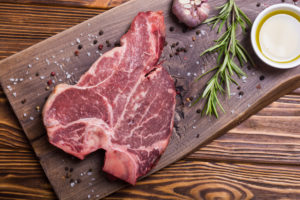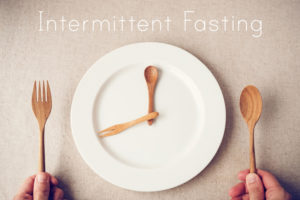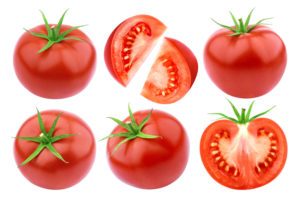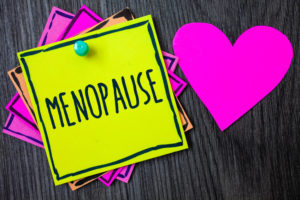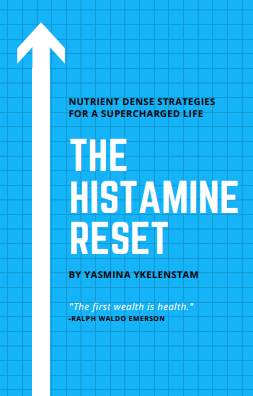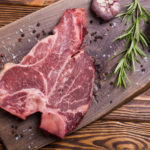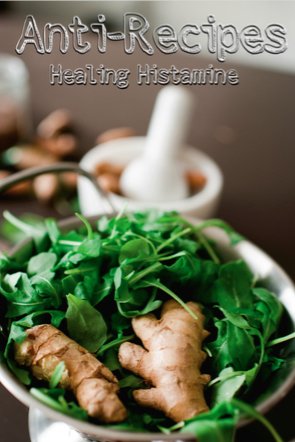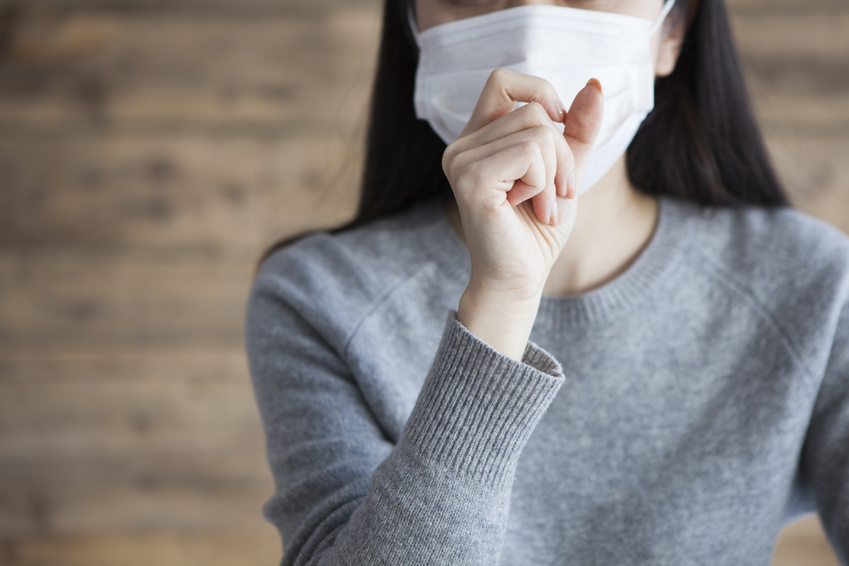
Hay Fever, otherwise known as allergic rhinitis (nasal allergies), or what most people refer to simply as “allergies” has an association with histamine intolerance and mast cell disorders. Have you ever noticed your histamine symptoms get worse in the spring? Why is that? What is it about pollen time that seems to make everything worse? Some people also claim that pollen from various flowers and trees cross-reacts with foods. Is that true? Find out…
HISTAMINE & HAY FEVER
The designation, “hay fever,” comes from an idea that seasonal allergy symptoms result from smelling hay. John Bostock, a medical doctor living in London in the 1800s, originally set out to figure out his own symptoms, as he dealt with occasional blocked sinuses and fatigue each June. He found others with the same symptoms and wrote an article about what he then called “summer catarrh” (Catarrh is a build up of mucus in the nose or throat). After his paper got passed around the medical establishment at the time, people got the idea that the symptoms came about from the smell of new hay in June — Hence, “hay fever.”
Dr. Bostock didn’t agree –He thought it was some kind of recurring disease that was made worse by summer heat. For him, an escape to the cool seaside town of Ramsgate, in Kent, was helpful, and soon others also headed to the seaside to take in some fresh, sea air. Of course, the seaside also happened to be away from the high concentration of grass pollen, which is especially high in the month of June — at least in England.
Histamine, as we know, is released by mast cells and then binds to one of four histamine receptors: H1, H2, H3, or H4. The histamine one (H1) receptor is the one that is activated with allergic rhinitis and produces symptoms like itchy, watery eyes, sneezing, and nasal congestion or a runny nose. It is also the one activated with hives and asthma. Benadryl, Zyrtec, Claritin, and Allegra are all H1 blockers, so they are often prescribed for allergies of this kind.
TYPES OF HAY FEVER
There are two types of hay fever: seasonal allergies and perennial allergies. Seasonal allergies coincide with the pollination of certain plants and so occur seasonally, either spring or fall. Pollen from trees, grasses, and certain weeds are known to be the most common triggers. The springtime brings tree and grass pollination while fall is the time for ragweed pollination. Molds that are higher during these times of year and release spores into the air may also be to blame.
Perennial allergies are those which last all year long. This type of allergic rhinitis is generally caused by indoor triggers such as dust mites, pet hair or dander, cockroaches, or mold. Some people may deal with both perennial and seasonal allergies and notice that their ongoing symptoms worsen in the spring and/or fall.
WHAT CAN WE DO TO LESSEN EXPOSURE?
The American College of Allergy, Asthma, & Immunology (ACAAI) recommends the following for managing histamine levels and symptoms:
- Monitor pollen and mold counts via newspaper, radio, or television reports and keep windows and doors shut during peak times. Mid-morning and early evening are high points during the day.
- Wear glasses or sunglasses when you’re outside to avoid eye exposure to pollen.
- Get a pollen mask (NIOSH-rated 95 filter) and wear when doing outdoor activities like mowing the lawn, raking, or gardening.
- Don’t hang clothing, towels, or sheets outside to dry as the pollen may cling to the fabric and be brought inside.
- Take a shower and put on fresh clothes after spending time outside.
- Keep your home free of dust and dust mites and wash your bedding frequently.
DOES POLLEN CROSS-REACT WITH FOOD?
According to research, there is a high co-occurrence of hay fever and food allergies. Some of the cross-reactive plants include birch and apples, cypress and peaches, and ragweed with melon and banana. So even if a particular food is low histamine (apples), you may find yourself reacting if that food cross-reacts with a respiratory allergy you have.
And it’s not just plants (or things with pollen) that can cause issues. Animal allergens and foods can also cross-react. Examples include dust mites and shrimp, cat dander and pork, and birds and eggs. So while fresh pork is not a high histamine food, if you have cat allergies you’ll want to be cautious about your pork intake and monitor symptoms.
Of course, foods can also contain pollen and cause reactions — the most obvious being honey, royal jelly, and other bee-related foods and supplements.
WHERE TO START…?
It’s always best to start by lowering your overall levels of inflammation so that you are not always at the tipping point. It all goes back to the inflammation bucket I talked about in this post. Thankfully I haven’t suffered any hay fever in years since changing my diet. How can you get your inflammation in check? Diet and lifestyle. I know it can be overwhelming and difficult to know where to begin, so I decided to lay everything out in an easy-to-follow guide: The Histamine Reset. It takes you through 28 days of antihistamine delicious meals, recommended supplements, yoga videos, and more. Healing histamine doesn’t happen overnight; it’s a gradual process. This reset is the guide I wish I’d had years ago. Wishing you health and happiness.
———REFERENCES———
American College of Allergy, Asthma & Immunology (2014). Allergic Rhinitis.
https://acaai.org/allergies/types/hay-fever-rhinitis.
American College of Allergy, Asthma & Immunology (2014). Seasonal Allergies.
https://acaai.org/allergies/seasonal-allergies.
Howarth, P. H., Salagean, M., & Dokic, D. (2000). Allergic rhinitis: not purely a histamine-related disease. Allergy, 55(64), 7-16.
Retrieved from: https://www.ncbi.nlm.nih.gov/pubmed/11291780
Naclerio, R. M. (1990). The role of histamine in allergic rhinitis.
Journal of Allergy & Clinical Immunology, 86(4 Pt 2), 628-32. Retrieved from: https://www.ncbi.nlm.nih.gov/pubmed/1977783
Parkinson, J. (2014, July 1). John Bostock: The man who ‘discovered’ hay fever. BBC News Magazine. Retrieved from: https://www.bbc.com/news/magazine-28038630
Popescu, F.-D. (2015). Cross-reactivity between aeroallergens and food allergens. World Journal of Methodology, 5(2), 31–50. http://doi.org/10.5662/wjm.v5.i2.31
Wang, D. Y. (2002). Treatment of allergic rhinitis: H1-antihistamines and intranasal steroids. Current Drug Targets: Inflammation & Allergy, 1(3), 215-220.
Retrieved from: https://www.ncbi.nlm.nih.gov/pubmed/14561186


